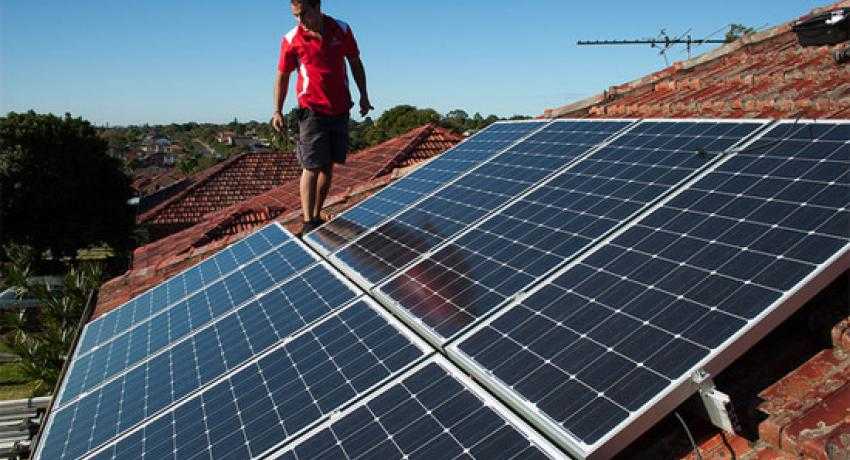Third-Party Solar Lighting the Way in CA
 Third-party-owned solar installations are dominating the California market and leading in several others across the country.
Third-party-owned solar installations are dominating the California market and leading in several others across the country.
Third-party owned solar allows homeowners to lease solar panels or buy the electricity they produce from solar service providers like Sunrun, Sungevity and SolarCity - without making any upfront investments. These long-term leases and/or power purchase agreements generally allow homeowners to save money on their utility bills while “going green.”
While the trend toward third-party owned systems has been on the rise and regularly making headlines over the course of the last two years, the U.S. Energy Information Administration reported this week that third-party owned systems make up a full two-thirds of the residential solar installed in 2012 and 2013 in California.
The report confirms similar findings that were published in August by solar service provider Sunrun. In its report, the company found that third-party solar companies had made an over $1 billion impact on the California economy since they were first introduced back in 2007.
Sunrun also noted that third-party solar companies were driving the solar market in California, with 30 times more homeowners electing PPAs or leases over cash purchases of solar installations than in 2007. That means the third-party owned solar model grew more than 3,000 percent between 2007 and 2012.
“About 75 percent of Californians switching to solar now choose solar power service,” Sunrun president and co-founder Lynn Jurich said in a statement. “Most of these families wouldn’t go solar if they didn’t have this option as a smart financial choice. We’ve eliminated the upfront cost and hassle.”
The phenomenon, Sunrun leaders suggest, is making it possible for middle class and lower income families to afford solar. Sunrun has reported in the past that its business is growing fastest in some of the least affluent parts of the state.
Third-party-owned solar is available in specific areas of 22 states where utility companies allow third-party ownership of power production equipment.
This increasingly popularity, however, has also given way to increased friction with utility companies.
“The growing volume of distributed generation, aided in part by the rapid growth of third-party-owned solar PV in some states, is challenging the role that electric utilities have historically played as the sole provider of electricity to customers,” according to the latest report on the phenomenon from the EIA. “This new development has led to debate around what the appropriate level of compensation should be for distributed solar generation.”
Unfortunately, this debate is playing out in state legislatures all over the country.




